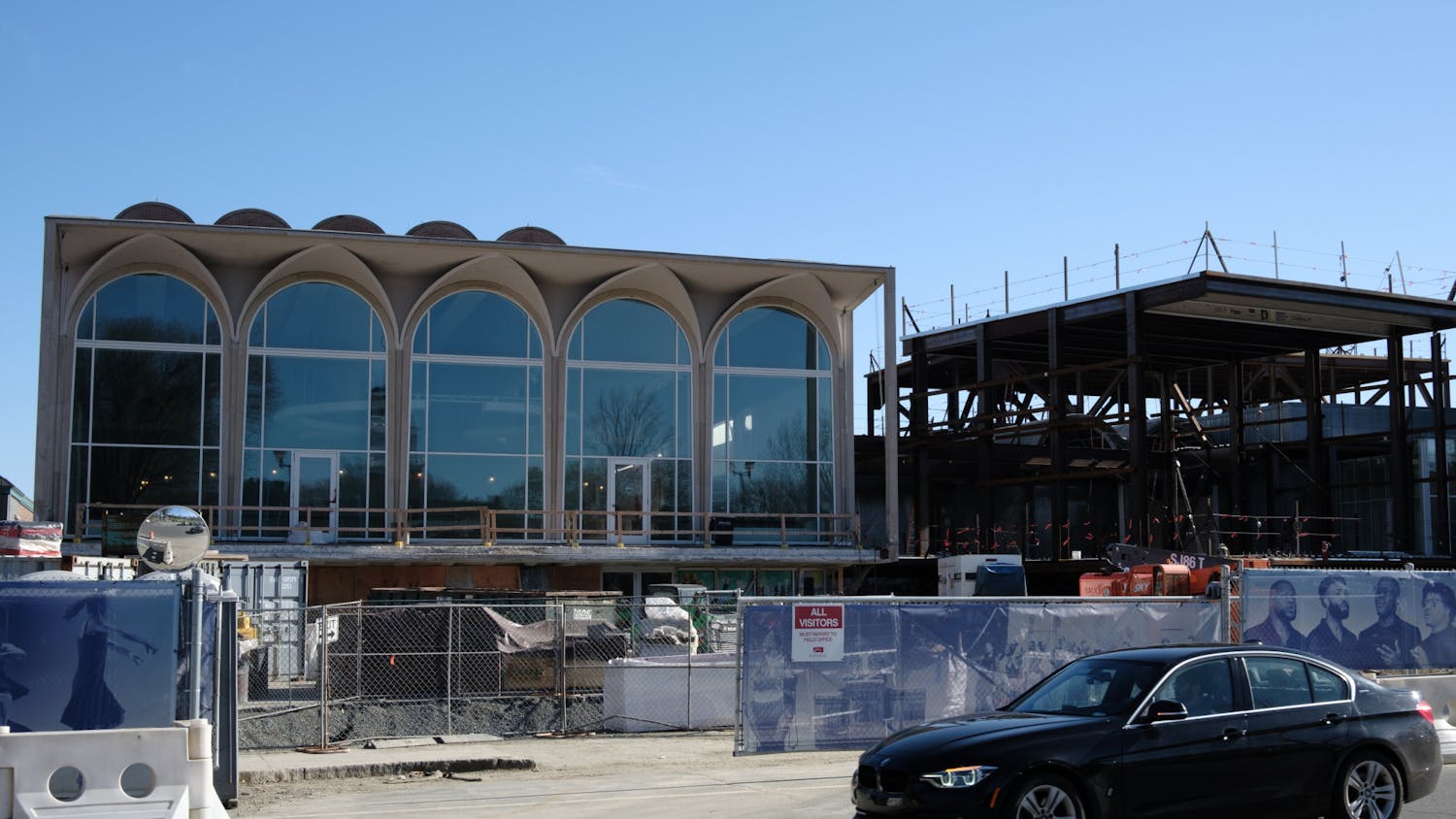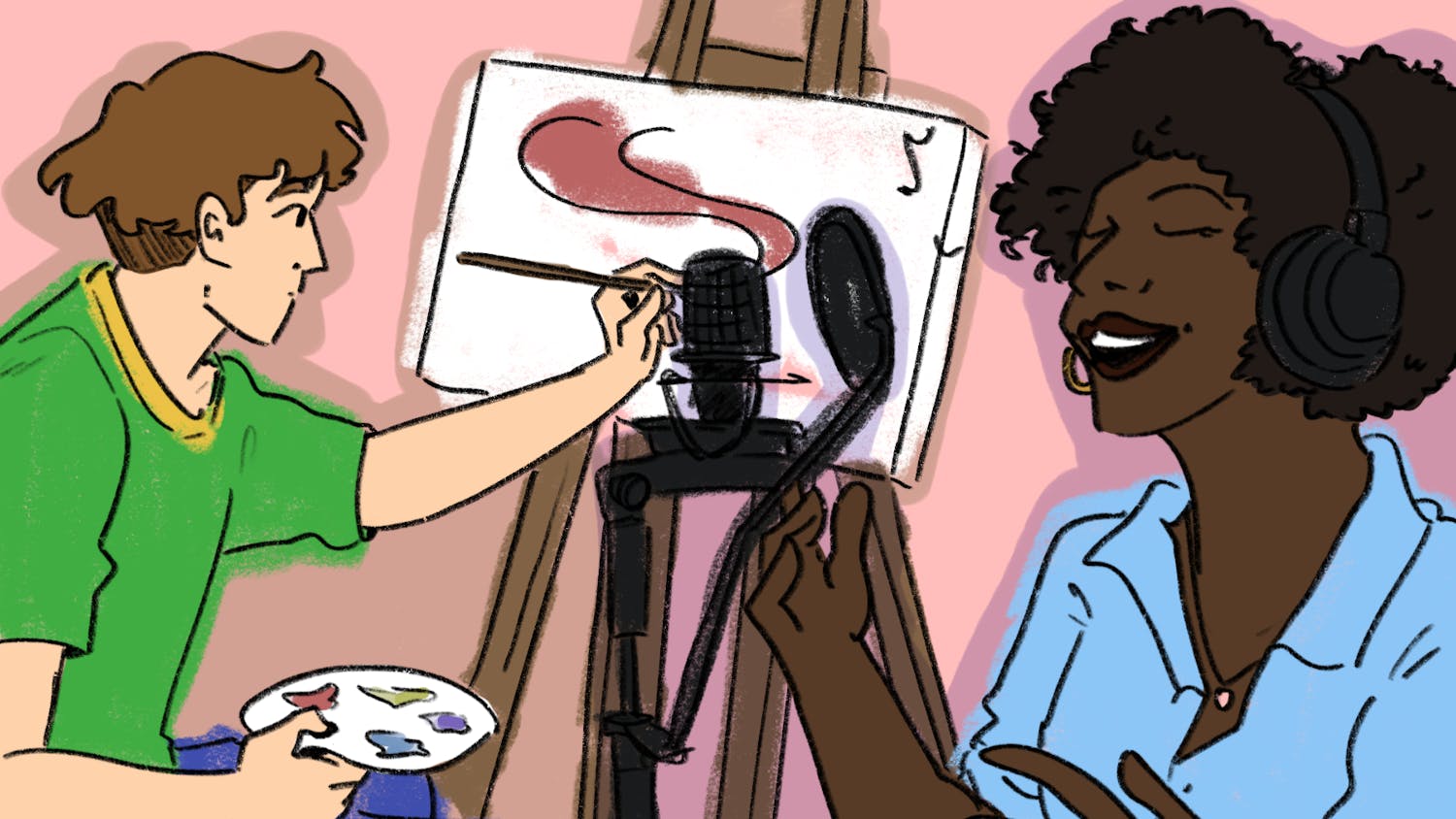Saturday night, Britain's world-renowned Arditti String Quartet graced the stage of Spaulding Auditorium, their first visit to Dartmouth in their 24-year history. Since the ensemble was founded in 1974 by violinist Irvine Arditti, it has earned a reputation as the world's most respected performers of 20th-century compositions, flawlessly playing some of the most difficult pieces ever composed for a string quartet.
The group lived up to their acclaim on Saturday, as they played four such challenging pieces. Over the next two hours, Arditti, violinist Graeme Jennings, violist Ralf Ehlers and cellist Rohan de Saram mesmerized the Spaulding audience with their unbelievable precision. Whether navigating nearly impossible rhythms or bowing at the volume of a pin drop, the quartet members were masters of their instruments.
But while the prowess of the musicians was impressive, some of the music they played sounded like it was to be appreciated rather than enjoyed. It must have taken great skill to play the individual parts in both Jonathan Harvey's "Quartet No. 3" and Grygory Ligeti's "Quartet No. 4" and even greater skill to keep all the musicians in sync, but the music itself wasn't always pleasing to hear.
There were points where the "special effects" worked in the context of the music, like the sounds of swarming insects in Harvey's quartet and falling rain in Ligeti's. But most of the time, it was nearly impossible to pick out a discernable melody or tempo. While it's impressive that a string quartet could sound like a pot falling down stairs or a glass shattering, it still sounded like a pot falling down stairs or a glass shattering. These feats were admirable, but they weren't very satisfying as music.
The strongest moments of the night came in the opening and closing pieces, which were a bit more conventional. The program began with more traditional fare, Beethoven's "Grosse Fuge in B Flat Major." The piece was intricate and dynamic, featuring many changes in tempo and tone, which the quartet bowed and plucked without fault. From a sweet love theme, to a quicker call of distress, to minor-key thunder, the piece was dynamic and the quartet played it with gusto.
After the intermission, the quartet returned to the stage to perform Bartok's "Quartet No. 4." It was in this finale that all four members really shone. Oscillating between a foreboding dirge and a sharp, menacing march, the piece was full of dark emotion, and each player got a chance to express it.
Arditti and Jennings showed why the violin has always been associated with melancholy: each stroke of the bow dripped with sorrow. De Saram used every millimeter of his cello's neck to produce strains that expressed pain better than words could, and later provided the rumbling to a stampede of fury. Ehlers, the newest member of the group, added the perfect accents to his three colleagues' fervent playing.
Bartok's "Quartet No. 2" went where the two newer pieces fell short. Instead of replicating everyday sounds, the Bartok piece replicated human emotion, and it was by far the most compelling piece of the evening.
The concert's shortcomings weren't due to the quartet itself; fault can only be found in the music they chose to perform. The performance was equally energetic and exact, and while the music wasn't always conducive to foot tapping, it was a stunning display of technical mastery. The Arditti String Quartet certainly lived up to its billing as one of the world's best.



